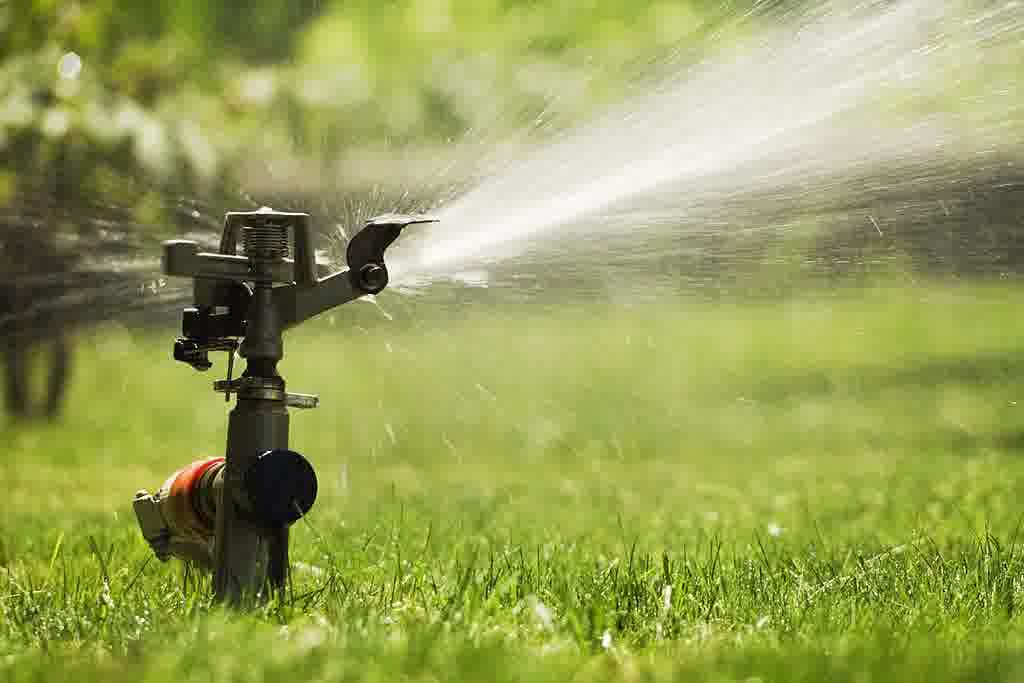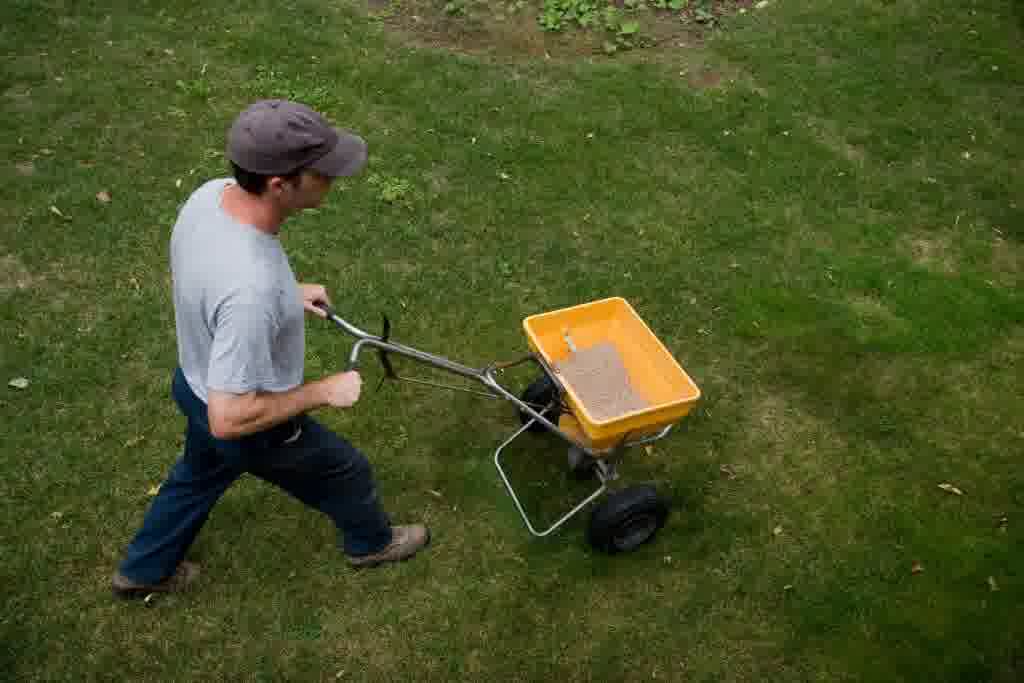Lawn Maintenance Hacks to Keep Your Grass Green for Winter
Summary:
This is the time of year when a little lawn maintenance can make a big difference. Days are shorter, nights get cooler, and grass is quietly storing away energy for the cold season ahead. With a few practical adjustments, you can protect that green color, thicken your turf, and glide into winter with a yard that still looks cared for with professional services or with your own two hands.
Adjust Mowing Height for Fall Lawn Maintenance
Why Should You Adjust Your Mowing Height?
Cutting grass at the right height sounds simple, yet it drives nearly every part of lawn maintenance. Taller blades shade the soil, which slows evaporation and discourages weeds from sprouting. They also support deeper roots. When roots go deeper, the lawn stays greener longer and bounces back faster after a dry week or a surprisingly cold night. Cutting it too short right before winter can stress the turf, exposing the crown to cold and making thin areas even thinner.
There is also a practical perk. A modest height adjustment helps leaves slide off instead of matting tight against the soil. Matted leaves trap moisture and reduce airflow, which can invite fungi when temperatures swing. A small change now pays off later because mowing becomes easier, clippings break down faster, and the turf heads into winter with more stored energy. Think of it as setting your lawn up to coast smoothly through the season.
The Ideal Mowing Height for a California Lawn in the Fall
Cool-season grasses commonly found in places like Corona CA and Eastvale CA, such as tall fescue or ryegrass, prefer a fall mowing height of around 2.5 to 3.5 inches. That extra leaf surface fuels photosynthesis during shorter days, which helps with density and color. If you have a mixed lawn, aim for the high end of that range while growth is steady, then trim slightly lower for your final lawn mowing of the season to reduce snow mold risk in chillier microclimates.
Warm-season grasses that are more common in hotter pockets, including areas or inland neighborhoods around Norco CA, benefit from a different approach. As growth slows, keep bermudagrass roughly 1 to 2 inches and St. Augustine closer to 2.5 to 3 inches. Avoid drastic cuts. Small, consistent trims keep the lawn tidy without shocking the turf as temperatures drop at night. If you are unsure what grass you have, snip a small sample and compare blade shape online, or ask a local pro to confirm before adjusting height.

Ensure Optimal Watering Frequency for Lawn Maintenance
Make Sure That You Provide the Right Amount of Water
Fall watering is about moderation. The soil dries more slowly, yet roots still need steady moisture to store carbohydrates. As a baseline, many lawns do well with about an inch of water per week in early fall, then a bit less as nights cool. The exact need varies with sun exposure and soil type, so it helps to do a quick screwdriver test. If a screwdriver slides in easily a few inches, moisture is adequate. If it stops fast, the soil is dry and needs a top-up.
Water timing matters more than people think. Early morning watering reduces evaporation and gives blades time to dry during daylight, which lowers disease pressure. Late evening watering can linger on the leaf and invite problems, especially when temperatures dip. A simple goal guides everything here. Keep the root zone evenly moist without turning the lawn soggy. That balance supports healthy color and reduces the risk of shallow rooting before winter arrives.
How to Adjust Your Irrigation and Sprinklers
Shift your controller to shorter, deeper watering sessions so moisture reaches the root zone. Many systems offer a seasonal adjustment setting that reduces total runtime by a percentage. Use it to step down gradually through October, then again as you approach the first frost in places like Corona, Eastvale & Norco, CA. If your system lacks that feature, manually reduce days while leaving runtimes long enough to soak the soil.
Take a few minutes to walk each zone while the sprinklers run. Look for clogged nozzles, tilted heads, and misting caused by high pressure. Uneven coverage creates green streaks and dull patches that look worse in fall light. On slopes or in heavy clay, use the cycle and soak method. Run shorter bursts, pause to let water absorb, then run another short burst. This minimizes runoff into sidewalks and keeps more moisture where the turf can actually use it. Little checks like these are small, but they are the backbone of consistent lawn maintenance.

Provide Great Soil Care for Winter Lawn Maintenance
Enhance Your Soil With Organic Matter and Aeration
Healthy soil is the quiet engine of lawn maintenance. Core aeration relieves compaction, opens channels for air and water, and creates pockets where roots can expand. Fall is an excellent time to aerate cool-season turf. After aeration, a light topdressing of screened compost, roughly a quarter inch, adds organic matter that improves structure and supports beneficial microbes. Those microbes help break down thatch and release nutrients slowly over time.
If the lawn has heavy foot traffic, plan this step before your last couple of lawn mowing sessions. The plugs left behind will crumble and sift down between blades. In sandy areas, compost helps hold moisture as nights cool. In clay-heavy spots such as many neighborhoods around Sacramento CA, compost encourages better drainage by separating fine particles. Either way, you are building resilience. That makes winter care easier and spring green-up faster.
Apply Good Fertilizers for Winter Fertilization
Winter fertilization supports color and density when growth slows. For cool-season lawns, a late fall application of a slow-release fertilizer with a moderate nitrogen rate and a helpful dose of potassium strengthens roots and improves stress tolerance. Apply when daytime highs are cool and soil temperatures are still above the low fifties. Water lightly after spreading so nutrients move off the leaf and into the soil without washing away.
Warm-season lawns call for a gentler touch. As these grasses approach dormancy, avoid heavy nitrogen-rich soils that can push tender growth. Instead, focus on soil health and potassium. A recent soil test is the best guide. It takes the guesswork out of what to use and how much to apply. Keep granules off driveways and sidewalks to prevent runoff during the first rain. Thoughtful winter fertilization is simple and precise. It gives turf what it needs without overdoing it.

Conclusion
If fall already feels busy and weekends are spoken for, a steady lawn maintenance plan is your shortcut to a greener winter and an easier spring. Small moves done right add up fast. Adjust mowing height with intention, water with purpose, and nurture the soil so roots stay strong.
If you want a hand dialing it in for your property in Corona, Eastvale & Norco, CA, M1 Landscaping is ready to help. Share your goals and any trouble spots, and a friendly crew will build a simple plan that fits your budget and your schedule. Contact us when you are ready to get started, and let the yard

SERVICES
Lawn Mowing
Landscaping
Patios
Tree Services
Fire Pits
Artificial Grass
Sod
French Drain
Fertilizer
Irrigation
Outdoor Living Spaces
Outdoor Kitchens
Retaining Walls
Pavers
Lawn Aeration
Hardscaping
Lawn Edging
Landscape Design
Landscape Lighting
Lawn Care
Drainage
SERVICE AREAS
Corona
Eastvale
Norco
Jurupa Valley
Riverside
Rancho Cucamonga
Yorba Linda
Woodcrest
Ontario
Placentia
Anaheim
Irvine
Moreno Valley
Stanton
Garden Grove
Santa Ana
Huntington Beach
Chino
Temecula
Orange
Fullerton
Perris
Mission Viejo
Lake Elsinore
Murrieta
San Jacinto
Menifee
San Bernadino
Colton

"*" indicates required fields
 info@m1landscapingllc.com
info@m1landscapingllc.com